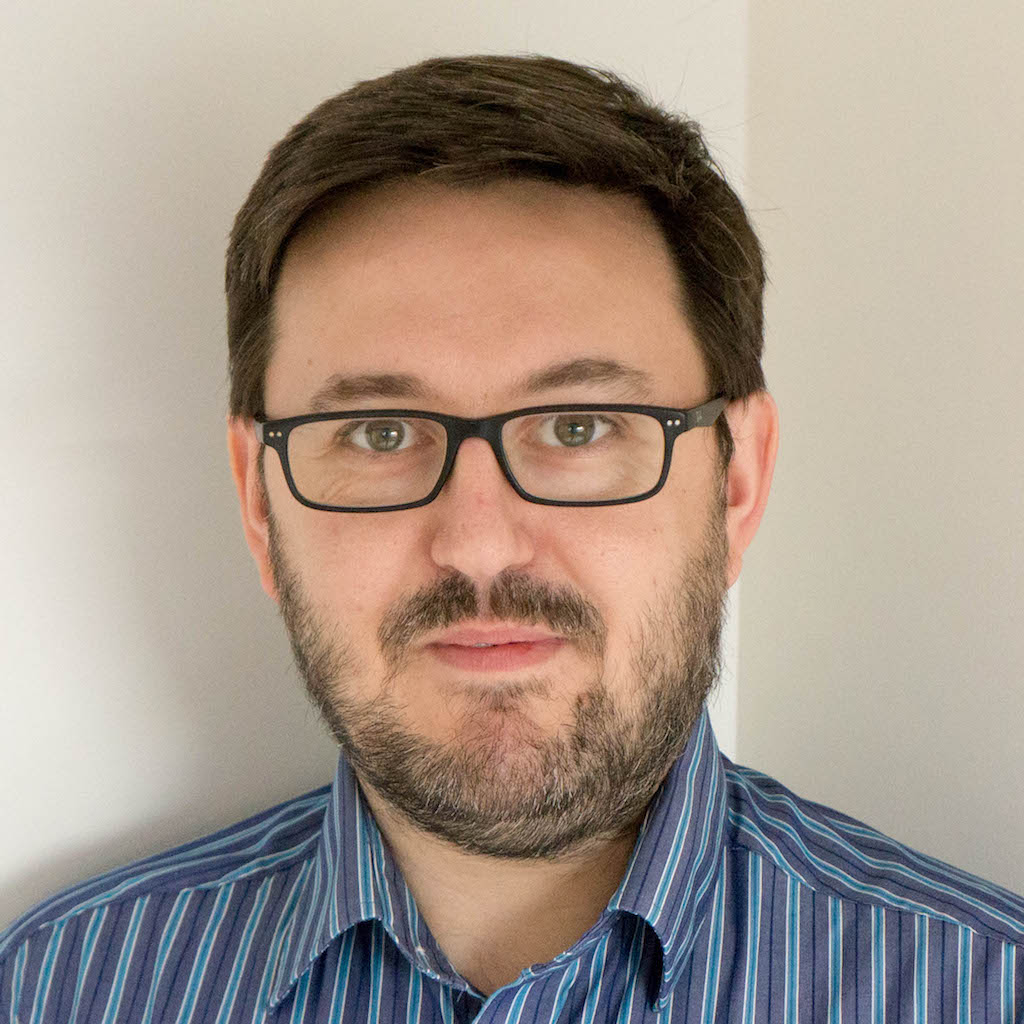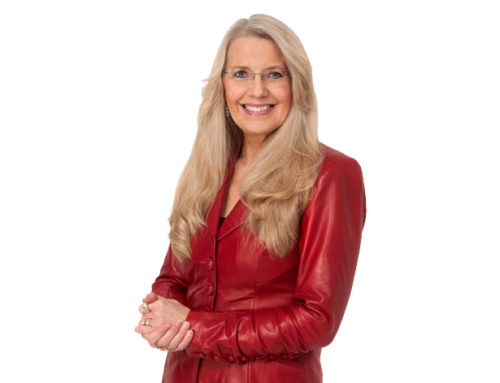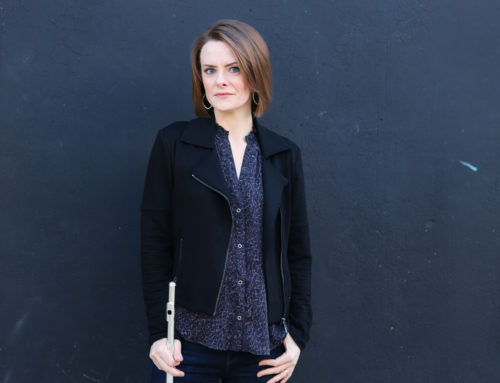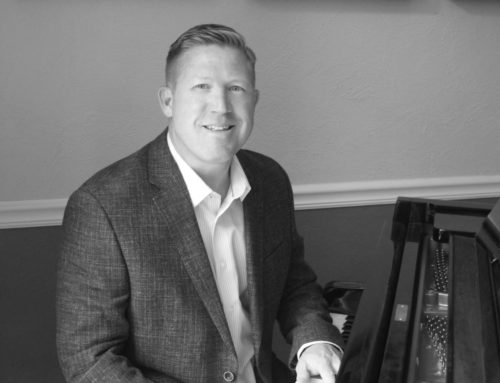Daniel Spreadbury is the Product Marketing Manager for Steinberg’s in-developing professional scoring application, Dorico. Before joining Steinberg, Daniel and many members of the Dorico team worked for many years on the Sibelius music notation software. Prior to that, Daniel studied music at Oxford University, and, outside of his work on Dorico, keeps his musical hand in both as a choral tenor and a choir director.
Give the Composer on Fire podcast a Rating and Review!
Steinberg’s Product Marketing Manager for Dorico, Daniel Spreadbury, discusses how Dorico will meet the needs of composers, arrangers, engravers, and music publishers in the 21st Century.
Topics discussed in this episode:
- Why Dorico?
- User interface
- Self-publishing
- Front material
- Multi-movement works
- Staff sizes
- Five modes:
- Set-up mode
- Write mode
- Engrave mode
- Play mode
- Print mode
- Writing ametrical music
- Polymeters
- Native file formats and importing Sibelius and Finale files
- Versions & pricing structure
- Color schemes
- The name
Website:
Recommended Listening:
Recommended Reading:
This post contains affiliate links.





Hi Garrett! I just noticed that the Behind Bars link takes you to the Brahms. 🙂
Hi, Sakari! Whoops! Thanks for the catch. I really appreciate it. The link is fixed and should point correctly to Elaine’s book. 🙂
Very good interview that fills in a lot of the “blanks”. Good answer to the basic question, “Why invest in a new notation program?” Software tends to look and behave like the age of its inception, and so Dorico is welcome. Effectiveness – the advantages to workflow and getting a satisfactory result quickly – and how the software “feels”, are going to be key. An issue at first is going to be how quickly essential features (lyrics and chord symbols) are added, and I hope that Steinberg (Yamaha) shows continued patience. The sensible pricing structure – bringing in features for free, at least initially – indicates that it is mindful of this.
Thanks for listening and for the comment, David. I agree. I love how they’ve re-thought the basic architecture of the program based on current computing possibilities.